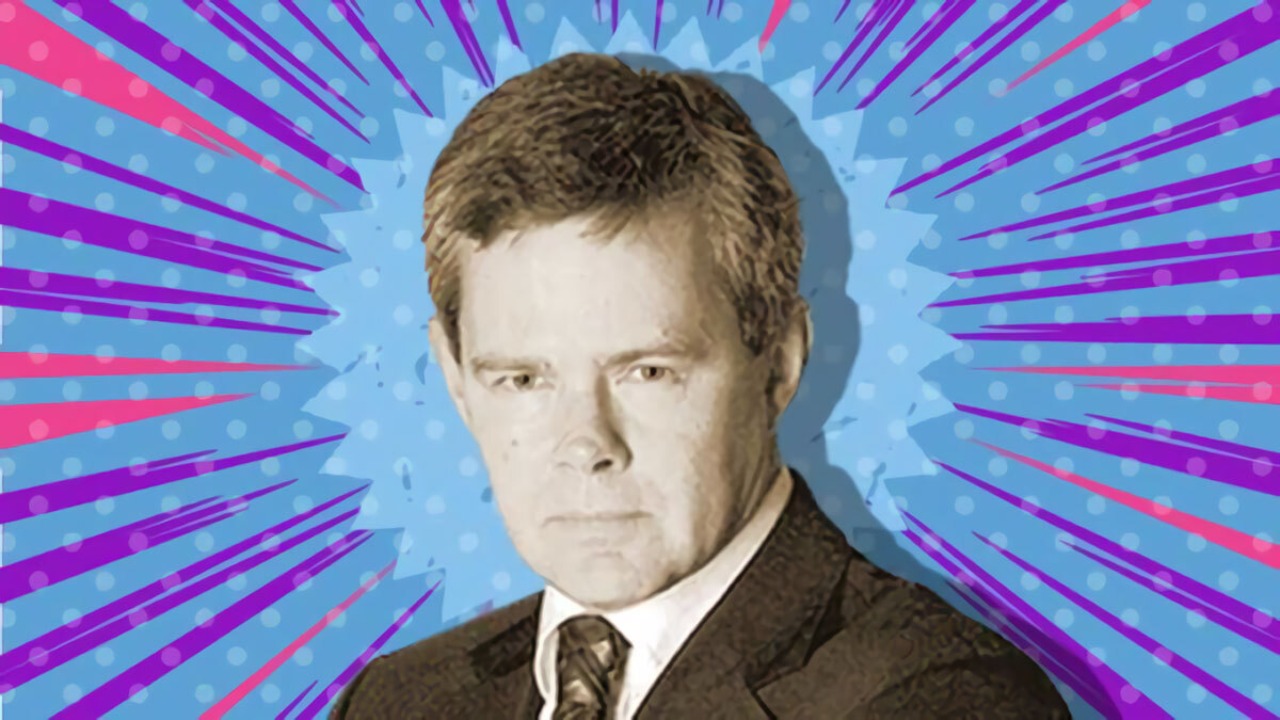Markets are pricing in peace – but investors must stay sharp
Global markets have received a boost following Donald Trump’s declaration that Washington and Moscow will enter negotiations to end the war in Ukraine.

Stockhead
Don't miss out on the headlines from Stockhead. Followed categories will be added to My News.
Global markets have roared higher following President Donald Trump’s declaration that Washington and Moscow will enter negotiations to end the war in Ukraine. The US dollar, long the safe-haven of choice during geopolitical upheaval, has slipped, while Asian equities and European stock futures have climbed.
The message from investors? The potential for peace is too big to ignore.
This development, driven by Trump’s dramatic announcement that he and Russian President Vladimir Putin will work together “very closely” to prevent further loss of life, marks a turning point in a conflict that has defined global markets for nearly three years. The mere suggestion that an endgame may be in sight has triggered a repricing of risk. But is this a genuine shift, or just another chapter in the long, volatile story of this war?
The financial world has long been starved of stability. The war in Ukraine, layered on top of post-pandemic uncertainty, inflation shocks, and aggressive monetary tightening, has tested investors’ resilience like never before. Now, with peace talks on the table, markets are wasting no time in pricing in peace.
The dollar’s slide in the wake of Trump’s statement is a clear sign that traders are adjusting their expectations. When war escalates, demand for safe-haven assets – especially the dollar – surges. But when the possibility of resolution emerges, that demand dissipates, and risk-sensitive currencies, equities, and emerging markets stand to gain.
Investors are shifting their focus toward sectors that have been hampered by uncertainty: industrials, consumer discretionary stocks, and supply chain-reliant businesses. If negotiations gain traction, we could see capital flow back into these battered areas at scale.
Energy wildcard
One of the biggest market-moving forces in this equation is energy. The war in Ukraine has upended oil and gas markets, fuelling inflation and disrupting trade flows. Now, as talks between Washington and Moscow begin, investors must prepare for fresh shifts in energy pricing.
If de-escalation leads to a reduction in war-related supply risks, oil prices could ease, providing much-needed relief to inflation-stretched economies. But let’s not be naive—Putin will not negotiate in a way that weakens Russia’s geopolitical leverage overnight.
Markets will be keenly watching how energy supply chains adapt to potential changes, and any perceived stumbling blocks in the talks could lead to fresh volatility.
This is a moment to take a hard look at energy exposure. Oil-exporting nations and companies that have profited from high prices may see pressure, while industries reliant on cheaper energy could find themselves back in favour.
While the US and Russia take center stage in negotiations, Europe faces tough questions about its role in a postwar landscape. EU leaders are already concerned that they will be sidelined in discussions that profoundly impact their economies.
If Washington and Moscow dictate the terms, Europe could be left dealing with the financial and logistical burden of reconstruction.
That means higher government borrowing, fresh fiscal spending, and potentially significant impacts on European bond markets and currency valuations.
The euro, long weighed down by the war’s economic drag, could see new momentum if peace appears achievable. However, if Europe is forced into a secondary role, it may struggle to assert itself in the financial reshuffling that follows.
Emerging markets
Beyond Europe, the markets that stand to gain the most from a peace-driven rally are in the emerging world. For nearly three years, investors have had little appetite for riskier assets in politically volatile regions. If geopolitical tensions cool, capital could come flooding back, providing a fresh tailwind to these markets.
A weaker dollar plays into this perfectly—emerging market debt becomes more attractive, and local currencies get a boost. The biggest beneficiaries? Countries with strong growth narratives that have been overshadowed by macro uncertainty.
The question investors must ask themselves now is: how sustainable is this optimism?
While markets love to move quickly, diplomacy doesn’t. Even with Trump and Putin pledging cooperation, the road to peace will be long and politically complex. There will be hurdles, setbacks, and moments of tension that send markets jolting in both directions.
Still, the broader trajectory is clear. The prospect of de-escalation is a seismic shift, and the financial world is adjusting accordingly. Investors must be proactive, identifying where capital will flow in a world that, for the first time in years, is entertaining the possibility of peace.
The bottom line? The markets are already pricing in peace. Now, investors need to position themselves wisely.
Nigel Green, is the group CEO and founder of deVere Group, an independent global financial consultancy.
Originally published as Markets are pricing in peace – but investors must stay sharp






